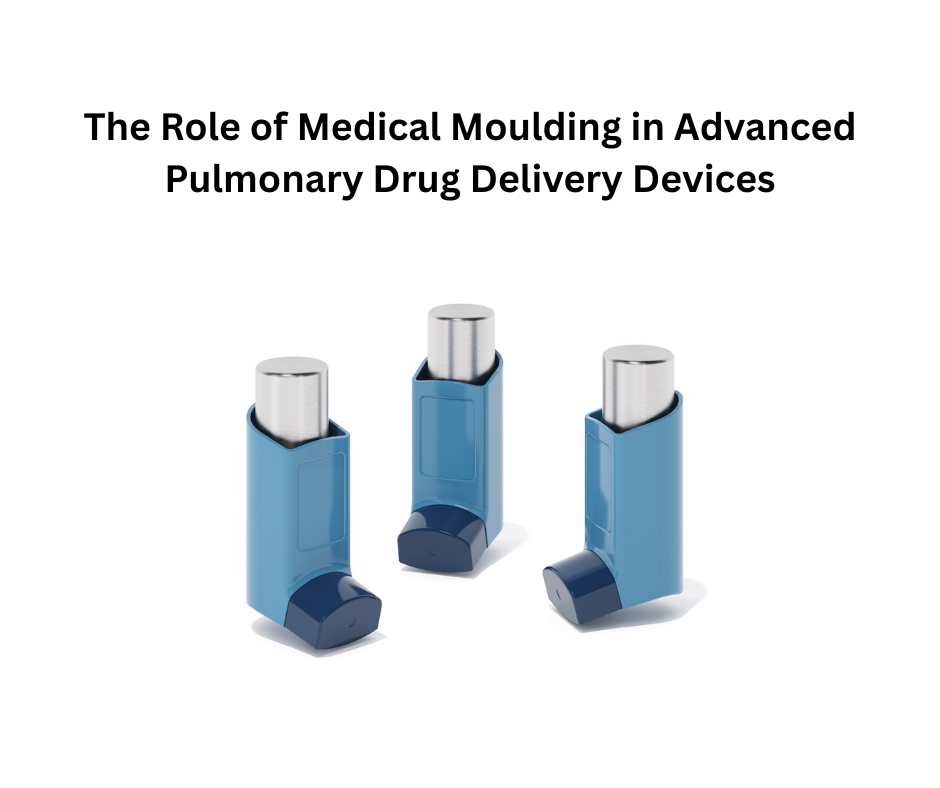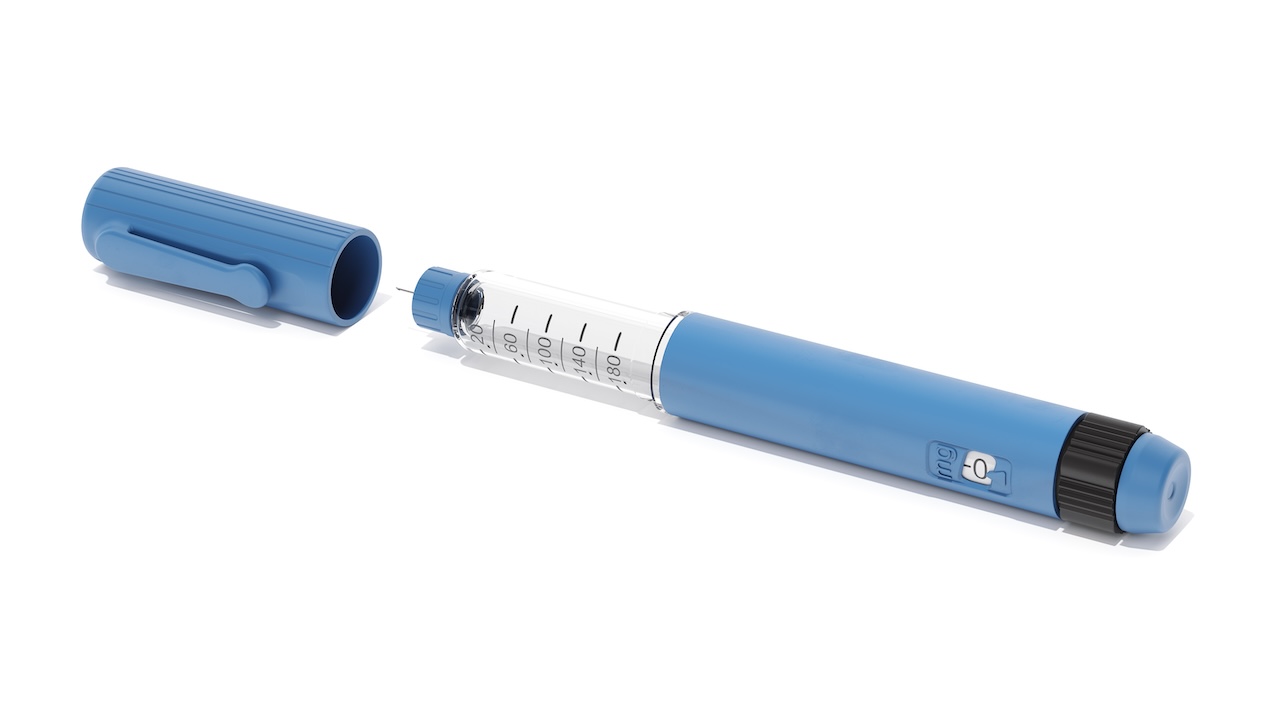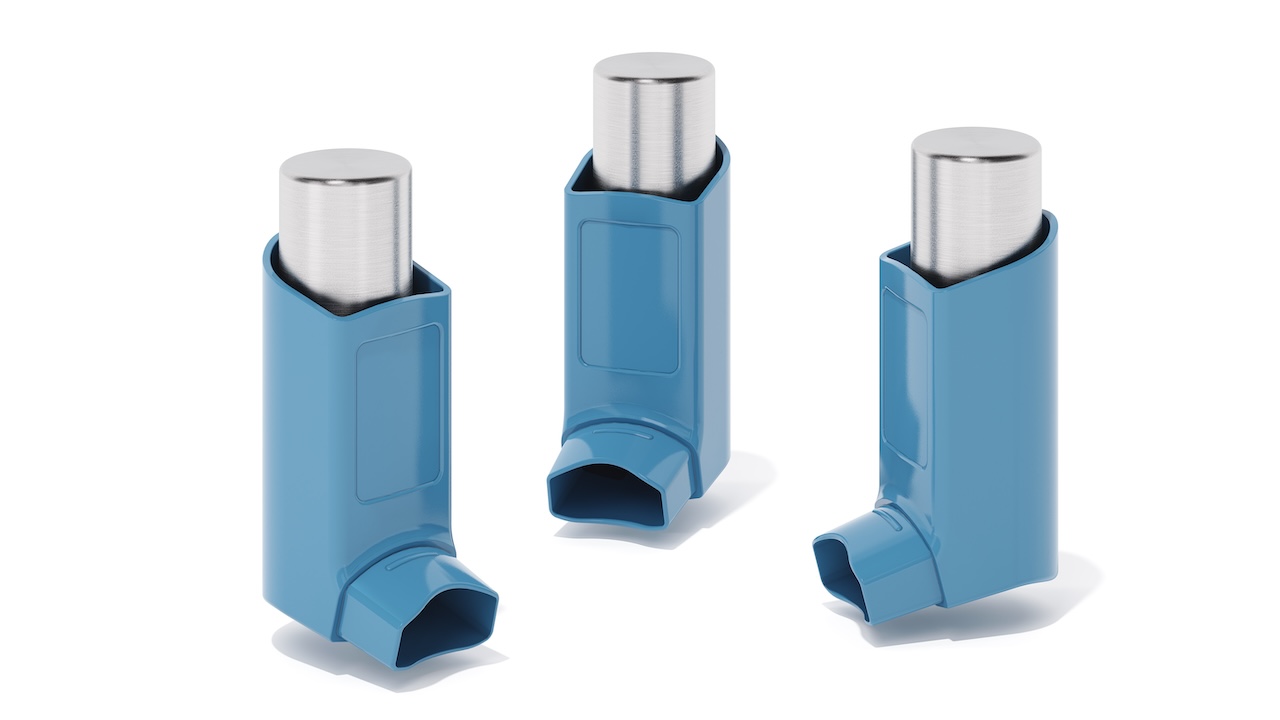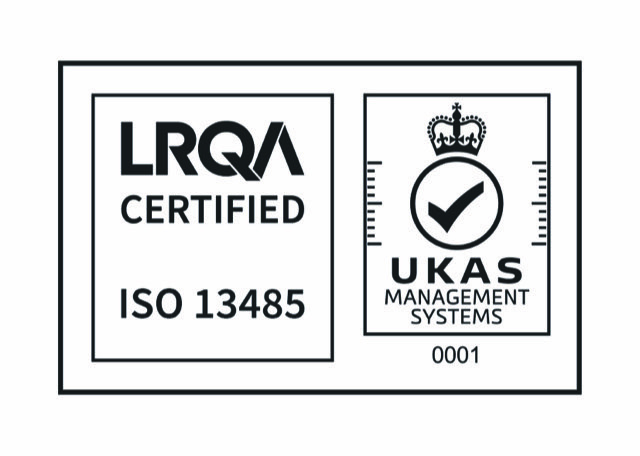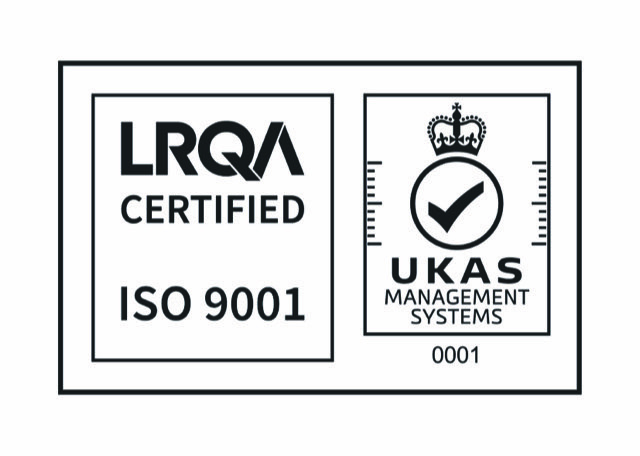Microfluidics in cancer diagnosis
Recent findings and innovative movements in microfluidics are aiding the process of cancer diagnosis to be faster, less painful and more cost-effective.

(Photo: Micro Systems)
The need for cancer diagnosis
Cancer occurs when cells in a particular area of the body proliferate and replicate uncontrolled, where cancerous cells have the ability to invade and kill other healthy tissues, including organs. According to the NHS, one in two people will get some form of cancer at some point in their lives, with the 4 most common cancer types including breast cancer, lung cancer, prostate cancer and bowel cancer.
Early cancer diagnosis can identify symptomatic individuals as soon as possible to give them the best chance of a successful course of therapy, leading to a higher likelihood of survival, fewer treatment-related issues, and lower cost of care. By delivering care at the earliest possible stage, early detection improves cancer outcomes, making it a crucial public health approach in all contexts. According to Cancer Research UK, if diagnosed at the earliest stage, almost all women with breast cancer can survive their disease for 5 years or more, and the statistics are more than 9 in 10 for people with bowel cancer, and around 6 in 10 for people with lung cancer.
Common diagnostic techniques for cancer include Imaging, laboratory tests (Blood tests, Complete blood count (CBC), Urinalysis, Tumour markers), tumour biopsy, endoscopic examination (Cystoscopy, Colonoscopy, ERCP, EGD, Sigmoidoscopy), surgery, or genetic testing.
According to a recent market research, the size of the global market for cancer diagnostics is anticipated to increase, at a CAGR of 8.12% over the forecast period (2023-2028), from USD 98.26 billion in 2023 to USD 145.18 billion by 2028. The two main drivers of the worldwide expansion of the cancer diagnostics market are an increase in cancer cases and an increase in the elderly population. Globally, 19.3 million new cases of cancer were recorded in 2020, and 30.2 million new cases are anticipated in 2040, according to GLOBOCAN. According to WHO, cancer accounts for around 1 in 6 fatalities worldwide. In low- and middle-income nations, cancer deaths account for around 70% of all fatalities. Additionally, there is a rise in the development of new technologies, such as biomarkers and point-of-care testing, with the tendency towards advanced tests over conventional tests that are less painful and significantly more effective, improved healthcare spending, growing awareness, and increased government support.
Microfluidics applications in cancer diagnosis
While there are more and more tools for identifying cancer cells in the blood, many of them are still prohibitively expensive and out of reach for many hospitals or research institutes. While some people could be eligible for free cancer diagnosis with the state healthcare system, if they opt for a private service, the cost could be significantly high for their incomes. For example, a business charges £1,400 for counselling and BRCA1 and BRCA 2 gene testing.
Microfluidic systems could implement basic and point-of-care analysis (POC) without the requirement for a centralised laboratory and diagnosis experts, hence being specifically effective in countries where medical care facilities are limited. So far, pregnancy testing and diabetes management are the two common uses of microfluidic instruments in clinical settings, however, recently, microfluidic platforms have also emerged as a critical innovative technology for cancer diagnosis. Microfluidic technologies have emerged as a potential tool for single cancer cell identification, liquid biopsies, drug screening, modelling angiogenesis, and metastatic detection.This is made possible by using cutting-edge technologies, which helps cancer patients receive better diagnoses and treatments. With the ability to catch uncommon cells such tumour cells, foetal cells, and circulating stem cells, microfluidics is particularly helpful for researching certain procedures and treatment choices for metastases, which are responsible for more than 90% of cancer-related fatalities (Gupta P et al.).
In 2019, a group of researchers from the University of Illinois (Chicago) and Queensland University of Technology (Australia) developed a microfluidic tool that can separate specific cancer cells from patient blood samples. The developed application uses the principles of shear-induced diffusion and inertial migration to separate cancer cells from blood as it travels through plastic microchannels. In order to enable liquid biopsy, where cancer might be identified by a straightforward blood draw, the capacity to properly separate cancer cells is a critical first step. As part of cancer diagnostics, this would do away with the inconvenience and expense of tissue samples using needles or surgical procedures. Additionally, liquid biopsy may be helpful in monitoring the effectiveness of treatment over time and in the detection of cancer in organs that are challenging to access with conventional biopsy methods, such as the brain and lungs. With this research, doctors can now distinguish cancer cells from whole blood or blood that has been very slightly diluted using a novel microfluidics device that is quick to use and inexpensive without any dilution or specimen preparation. The microfluidic device proved successful in recovering 93% of the cancer cells after “spiking” healthy blood with non-small cell lung cancer cells, and in separating cancer cells from 6 out of 8 samples when used on real non-small cell lung cancer patient samples.
Or according to the University of Technology Sydney (UTS) School of Biomedical Engineering, the Static Droplet Microfluidic device has the ability to quickly find circulating tumour cells parted away from a primary tumour and integrated the bloodstream, based on its unique metabolic signature of cancer to differentiate tumour cells from other normal ones. As one millilitre of blood contains billions of blood cells, making it incredibly challenging to identify a single cancer cell, however, with the 38,400 chambers in this game-changing detection technique, doctors can isolate and categorise the quantity of metabolically active cancer cells.
Other innovations include mechano-node-pore sensing (mechano-NPS) by Professor Lydia Sohn for breast cancer diagnosis, or a microfluidic chip to detect prostate cancer developed by the team at Sechenov University.
Overall, in recent years, innovative technologies like microfluidics, machine learning and artificial intelligence have shown their advancement in cancer diagnosis with a high level of accuracy, minimised numbers of steps and a higher potential for standardisation and commercialisation on a global scale. In cancer research, microfluidic devices work as a potential tool for angiogenesis and metastasis modelling, drug screening, and the simple handling of sub-microliter volumes. At Micro Systems, we have the ability to provide turn-key services for microfluidics projects, with the capability to produce for low and high quantity, in our ISO Class-7 Cleanroom and ISO13485 and ISO9001 certifications.
References:
Gupta P, Gulzar Z, Hsieh B, Lim A, Watson D, Mei R: Analytical validation of the CellMax platform for early detection of cancer by enumeration of rare circulating tumor cells. J Circ Biomark. 2019, 8:1849454419899214. 10.1177/1849454419899214.
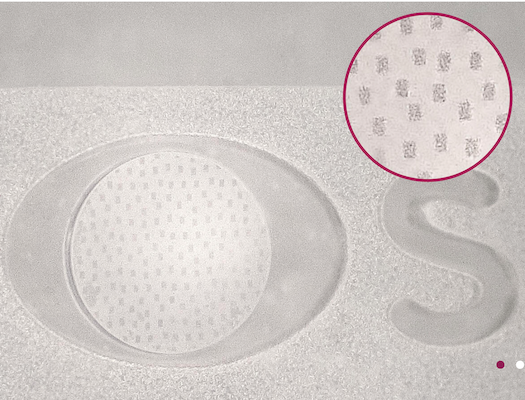
Micro Systems’s vast know-how in design, ultra-precision micro machining capabilities and expert knowledge in micro molding technology allow us to manufacture advanced microfluidic molds with tolerance as low as +/-0.001mm, with integrated optics. We have a dedicated micro molding facility, and have ISO13485 and ISO9001 certifications. For more information, please Contact us or visit our website.

